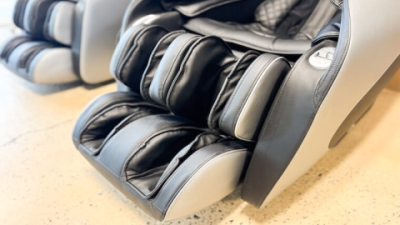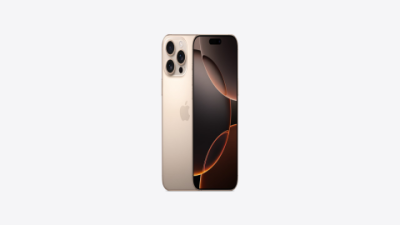If you’ve ever started looking into dash cams, you know the market is flooded with options, and picking one can feel a bit overwhelming. The Vava dash cam has caught quite a bit of attention lately, so I thought I’d dig deeper and share what I found—hopefully making it easier for you to decide if this one’s worth it.
First off, why do people buy dash cams anyway? Well, a lot of us want solid proof on the road—whether it’s for insurance claims, or just peace of mind knowing your car is being watched even when you’re not around. Some want something simple; others look for high-tech features. The Vava tries to check both boxes: solid performance with smart extras.
Let’s jump into what makes this cam tick. The front camera shoots in 2K resolution— by pixels—which, honestly, looks pretty crisp compared to the usual 1080p cams most folks get. The rear camera is 1080p, which might feel like a step down, but it still does a good job covering what’s behind you. I liked that it uses a fancy Sony STARVIS sensor on both cameras—this thing really helps in low light, which is great for night-time driving or those darker parking lots.
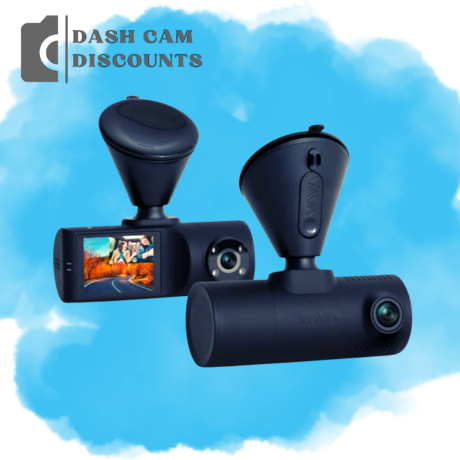
Now, you might wonder how this cam performs after dark. I found the night vision is surprisingly clear. Sometimes dash cams get grainy or blurry when the light drops, but this one manages to keep details nice and sharp. You can actually make out license plates or street signs, which is crucial if you end up needing footage for an accident or dispute.
One feature I really warmed up to is the 24-hour parking mode. It means the cam doesn’t clock out when you do. If someone bumps or messes with your car, it wakes up and records the incident automatically. It’s like having a silent watchdog, very reassuring for anyone who’s parked in sketchy spots.
You might ask, “How do I get the videos off the device?” The Vava makes it simple with Wi-Fi and a smartphone app. You just connect your phone, and bam, you’ve got instant access to your recordings—no need to fiddle with memory cards. Speaking of, it supports up to 128GB microSD cards, so you don’t have to worry about running out of space too fast.
I should mention the battery inside is pretty small (320mAh), so don’t expect long recording when the power’s disconnected. It’s mostly for those emergency moments when the car’s powered off but something happens.
Installation-wise, it’s pretty straightforward. The design is sleek and compact, so it won't block your eyes or distract you while driving. The mount swivels degrees, which is handy if you want to capture a different view or move it to the passenger side for any reason.
Here’s a quick side-by-side comparison with other popular dash cams out there:
-
Vava Dash Cam: 2K front, 1080p rear, Sony sensors, parking monitor, Wi-Fi app, about $170-$250.
-
Competitor A: Simple 1080p single cam, no rear, fewer smart features, costs less but feels basic.
-
Competitor B: A 4K single cam, no rear camera, decent night vision but no parking mode, slightly pricier.
What’s cool about Vava is it finds a middle ground with dual cameras and solid night recording, so you’re really getting a lot for what you pay.
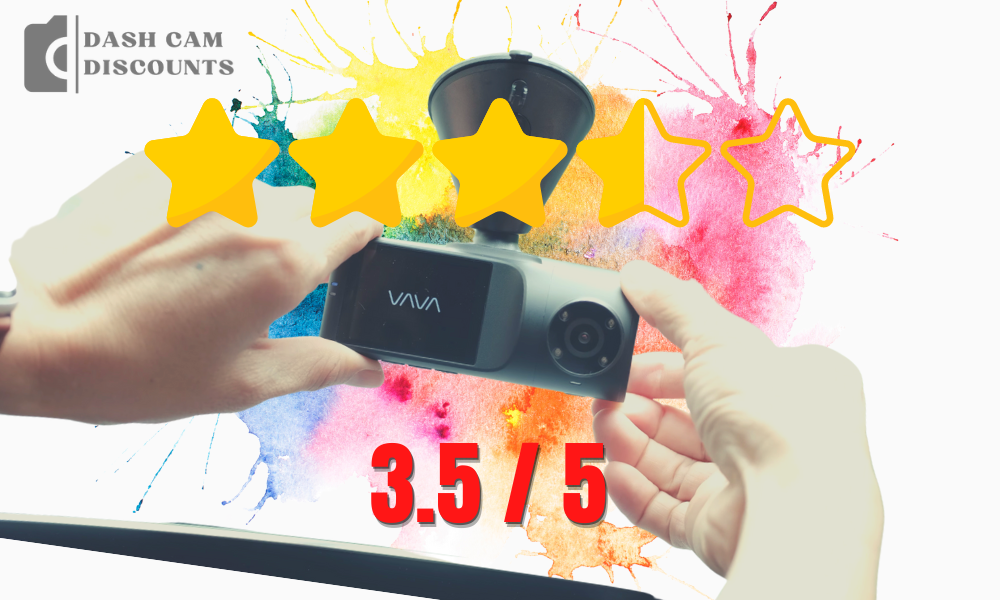
Of course, nothing’s perfect. The battery could be bigger, and sometimes the app connection acts up a bit—which is annoying but usually fixable. The mounting suction cup may wear out after some years too, something to keep an eye on.
Let’s talk pros and cons real quick:
Pros:
-
Sharp, clear video quality, front and rear
-
Great night vision thanks to Sony STARVIS sensors
-
24-hour parking monitoring keeps an eye on your ride even when parked
-
Handy Wi-Fi app lets you grab videos easily
-
Compact, unobtrusive design
Cons:
-
Rear cam lower resolution than front
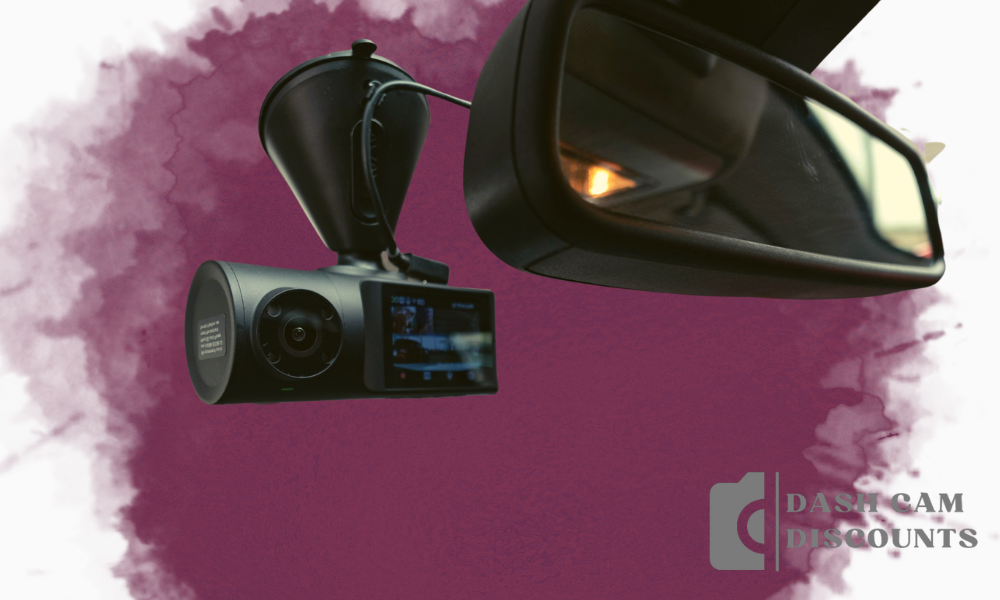
-
Small battery means no extended recording off power
-
Occasional app connectivity hiccups
-
No cloud storage option
Now, some questions that pop up often:
Does it record sound as well?
Yep, audio recording is included, which can be helpful if you want context along with the visuals.
Can I just pop in a bigger microSD card?
128GB is the max officially supported. Larger cards might not work right or cause issues.
Is it easy to set up myself?
Totally. Just mount the suction cup on the windshield and plug it in. No pro tools needed.
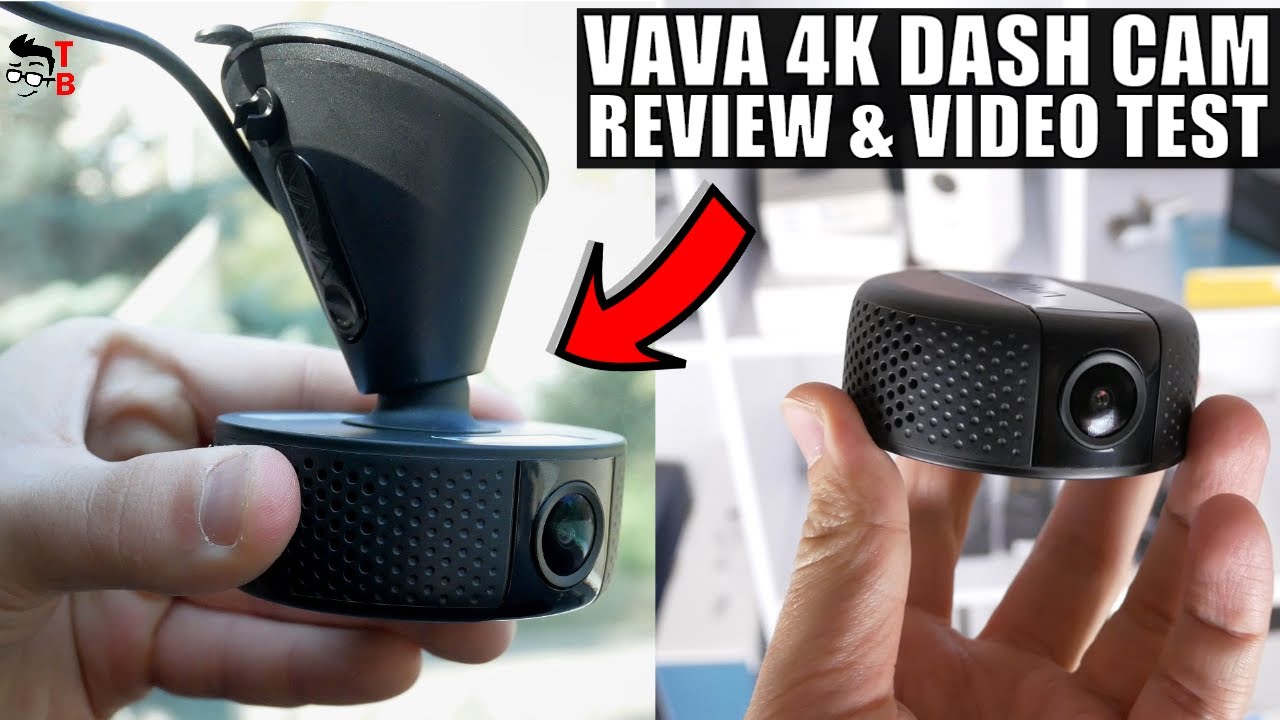
Does the parking monitoring drain the car battery?
The cam is designed to minimize power draw, but if you’re parked long-term, it’s smart to check regularly so your car battery doesn’t drain.
Will it work with my phone?
The app is compatible with most iPhones (iOS or later) and Android devices, but some older phones might have trouble.
So, after all this, is the Vava dash cam worth buying? I’d say for most drivers, absolutely. You’re getting a really solid setup with sharp video, solid night vision, and useful extras like parking mode and a straightforward app. It’s not the cheapest option out there, but it delivers enough quality and features to justify the price. If you want a reliable companion to keep you safe and give you peace of mind on the road, Vava is a smart pick.
Just make sure to grab a good Class microSD card (I recommend SanDisk Ultra or Samsung Evo) and keep the app updated. With that, you’re set for smooth operation.
All in all, the Vava dash cam feels like a thoughtful balance between quality, price, and features. Whether you commute every day or just want an extra layer of security, it’s a dependable choice. Give it a shot—you might just wonder how you ever drove without one.

